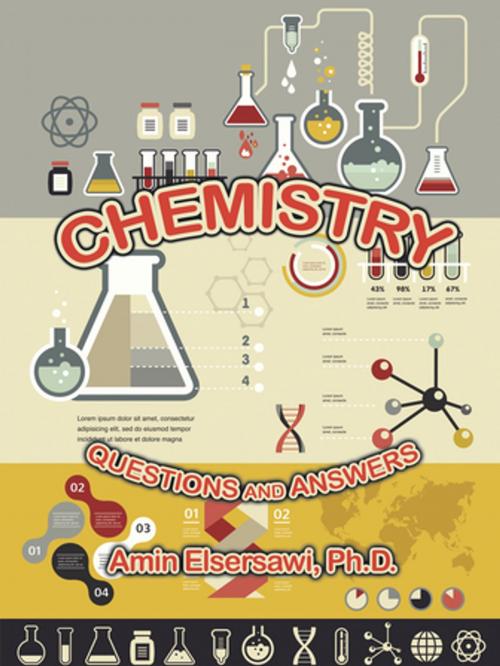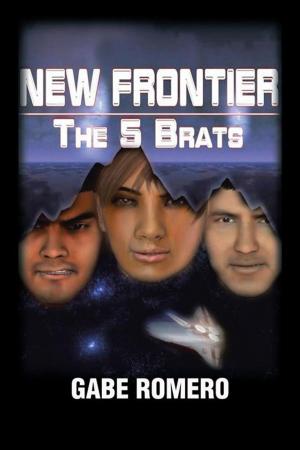| Author: | Amin Elsersawi | ISBN: | 9781496927163 |
| Publisher: | AuthorHouse | Publication: | July 15, 2014 |
| Imprint: | AuthorHouse | Language: | English |
| Author: | Amin Elsersawi |
| ISBN: | 9781496927163 |
| Publisher: | AuthorHouse |
| Publication: | July 15, 2014 |
| Imprint: | AuthorHouse |
| Language: | English |
This book helps students and readers visualize the three-dimensional atomic and molecular structures that are the basis of chemical action. An integral part of the text is to develop an explanation to hybridization which introduced to explain molecular structure when the valence bond theory failed to correctly envisage them.
Dr. Elsersawi presents the quantum theory of the electronic structure of atoms and focuses on the electronic structures and reactivity of atoms and molecules. Many questions and answers of chemical components are introduced, using molecular orbital, and hybridization of orbitals. The book has been made more informative and the subject matter has been presented in a very simple language, clear style along with a large number of fully illustrative diagrams.
Atoms, molecules, ions, chemical formulas and equations, chemical bondings, intermolecular forces, energies, electronegativity are offered to readers in effective and proven features clarity of writing and explanation.
If you are finding that Lewis dot structures are not enough for representing the atoms and molecules you are dealing with as a chemist, then this is the book for you.
Overall, this volume answers frequently asked questions and highlights the most important hybridized formulas. It has a broader range than traditional quantum chemistry books. It is a useful reference for health professionals, practicing physicists, chemists, and materials scientists.
This book helps students and readers visualize the three-dimensional atomic and molecular structures that are the basis of chemical action. An integral part of the text is to develop an explanation to hybridization which introduced to explain molecular structure when the valence bond theory failed to correctly envisage them.
Dr. Elsersawi presents the quantum theory of the electronic structure of atoms and focuses on the electronic structures and reactivity of atoms and molecules. Many questions and answers of chemical components are introduced, using molecular orbital, and hybridization of orbitals. The book has been made more informative and the subject matter has been presented in a very simple language, clear style along with a large number of fully illustrative diagrams.
Atoms, molecules, ions, chemical formulas and equations, chemical bondings, intermolecular forces, energies, electronegativity are offered to readers in effective and proven features clarity of writing and explanation.
If you are finding that Lewis dot structures are not enough for representing the atoms and molecules you are dealing with as a chemist, then this is the book for you.
Overall, this volume answers frequently asked questions and highlights the most important hybridized formulas. It has a broader range than traditional quantum chemistry books. It is a useful reference for health professionals, practicing physicists, chemists, and materials scientists.















